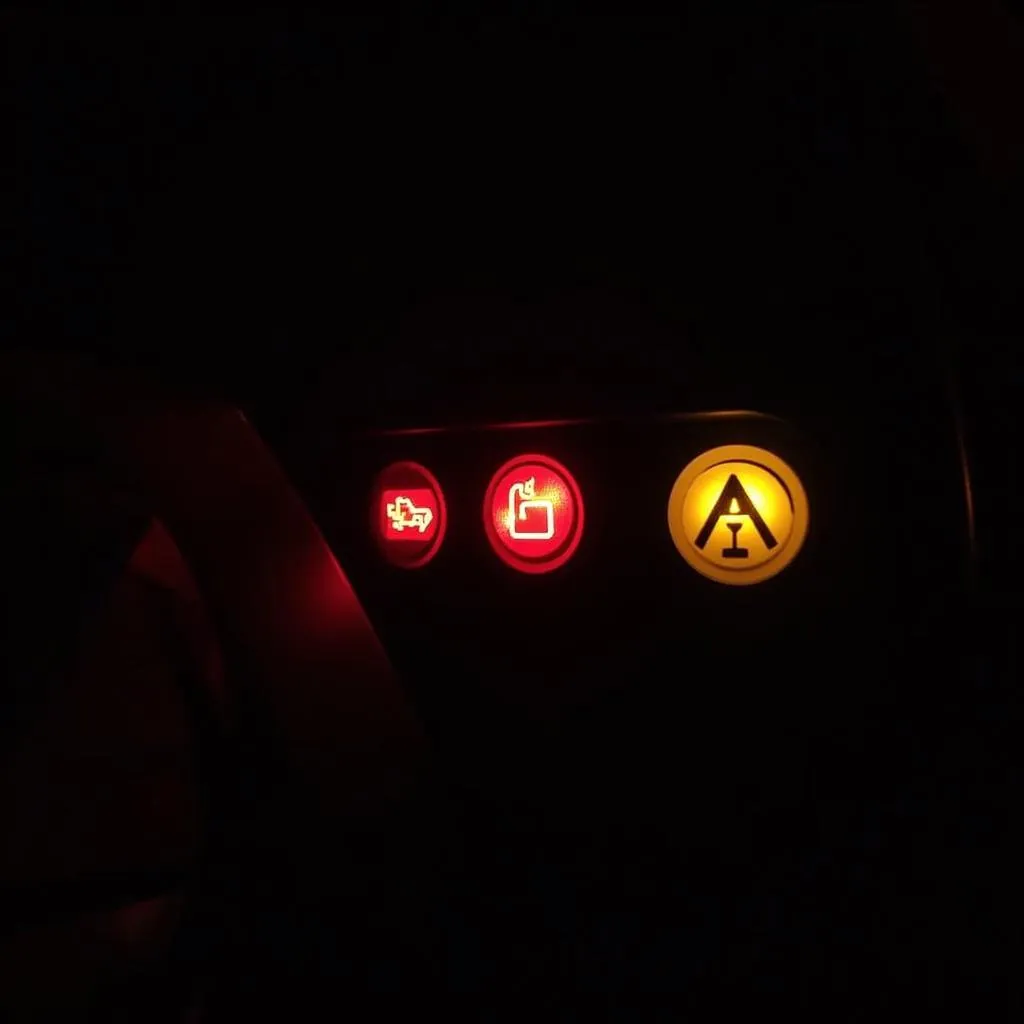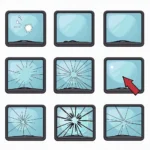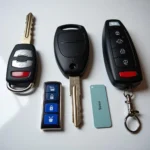Modern vehicles are equipped with a complex network of sensors and systems that work together to ensure optimal performance and safety. One of the most crucial aspects of this network is the dashboard warning lights system. These lights act as a visual communication channel between your car and you, alerting you to potential issues that require attention. Understanding the language of these car repair lights is essential for any driver who wants to take a proactive approach to vehicle maintenance. This guide aims to demystify these often-overlooked signals, providing you with the knowledge to diagnose and potentially address minor issues before they escalate into major problems.
Decoding the Dashboard: Common Car Repair Lights and Their Meanings
Imagine cruising down the road, and suddenly, a cryptic symbol illuminates your dashboard. Before panic sets in, remember that knowledge is power. Here’s a breakdown of some of the most common car repair lights and what they typically indicate:
- Check Engine Light: This often-dreaded light can signify a range of issues, from a loose gas cap to a more serious engine malfunction.
- Battery Light: If this light glows, it usually points to a problem with your car’s charging system, potentially a failing battery, alternator, or loose connection.
- Oil Pressure Light: When illuminated, this light warns of low oil pressure, which can cause significant engine damage if ignored.
- Brake Warning Light: This light typically indicates a problem with your braking system, such as low brake fluid or worn brake pads.
Self-Maintenance Tips: When Car Repair Lights Signal Simple Fixes
While some car repair lights necessitate a visit to a mechanic, others indicate issues you can potentially resolve yourself. Here are a few examples:
- Loose Gas Cap: A surprisingly common trigger for the check engine light is a loose or missing gas cap. Ensure your gas cap is securely tightened.
- Burned-Out Bulbs: If a headlight or taillight isn’t functioning, the bulb might simply need replacing. Consult your owner’s manual for the correct bulb type and replacement instructions.
- Low Tire Pressure: The TPMS (Tire Pressure Monitoring System) light alerts you to underinflated tires. Use a tire pressure gauge to check and inflate your tires to the recommended PSI.
Knowing Your Limits: When to Seek Professional Help
While tackling minor car maintenance can be empowering, it’s crucial to recognize your limitations. Some car repair lights signal complex problems that require professional expertise. Attempting to fix these yourself could lead to further damage or even compromise your safety. Here are instances where seeking professional help is paramount:
- Persistent Warning Lights: If a warning light stays on or reappears despite your attempts to address the issue, it’s best to consult a mechanic.
- Unusual Noises or Smells: Any unfamiliar sounds or odors emanating from your vehicle, particularly while driving, warrant a professional inspection.
- Performance Issues: Difficulty starting your car, rough idling, engine misfires, or a noticeable decrease in fuel efficiency all signal the need for professional diagnosis and repair.
Beyond the Basics: Resources for Enhanced Car Care
Understanding car repair lights is the first step toward becoming a more informed and proactive car owner. For those eager to delve deeper into car maintenance, numerous resources are available:
- Your Car’s Owner’s Manual: This comprehensive guide provides invaluable information about your specific vehicle’s features, maintenance schedules, and troubleshooting tips.
- Online Forums and Communities: Connecting with fellow car enthusiasts through forums and online communities can provide a wealth of knowledge, shared experiences, and practical advice.
- Reputable Automotive Websites and Blogs: Numerous websites and blogs offer reliable information on car repair, maintenance, and DIY projects.
Conclusion: Empowering Car Ownership Through Knowledge
By learning to interpret car repair lights, you empower yourself to address minor issues promptly and make informed decisions about seeking professional help when necessary. This proactive approach to car maintenance not only helps to prevent costly repairs but also contributes to a safer and more enjoyable driving experience. Remember, a little knowledge goes a long way in ensuring the longevity and reliability of your vehicle.
FAQs:
1. What should I do if my check engine light is flashing?
A flashing check engine light usually indicates a more serious problem that requires immediate attention. It’s best to pull over when safe and contact a mechanic immediately.
2. Can I drive my car with the oil light on?
Driving with the oil light on can cause severe damage to your engine. If this light illuminates, it’s crucial to stop driving immediately and check your oil level.
3. Why is my TPMS light on even after I inflated my tires?
If your TPMS light remains on after inflating your tires, there might be an issue with the TPMS sensor itself. A mechanic can diagnose and address this problem.
4. How often should I check my car’s fluid levels?
It’s a good practice to check your car’s fluid levels (oil, coolant, brake fluid, power steering fluid) at least once a month or before any long trips.
5. Can extreme temperatures affect my car’s warning lights?
Yes, extreme temperatures can sometimes cause warning lights to illuminate temporarily. However, if a warning light stays on, it’s essential to have it checked.
For further assistance with your car repair needs, don’t hesitate to reach out to our expert team via WhatsApp: +1(641)206-8880 or Email: [email protected]. We’re available 24/7 to provide you with top-notch support and guidance.
Explore our comprehensive resources on how to repair car light, car lighting repair near me, and broken car light repair for more insights and solutions. We also offer specialized guidance on car dash light repair and car light glass repair.



